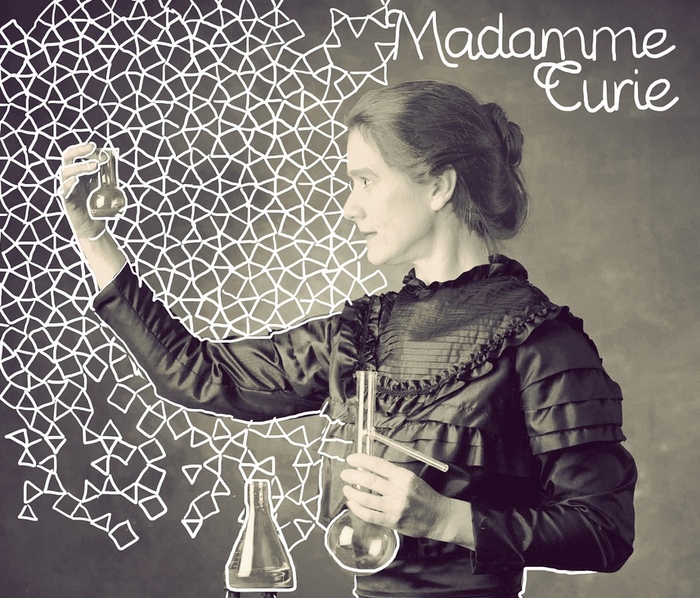It is not easy to tell new things about Frida Kahlo without departing from the common place.
The Mexican artist (Mexico City, 1907-1954) is one of the greatest examples of a work overshadowed by the myth of the character.
Frida, the self-taught surrealist.
Frida, the
queer
icon
.
Frida, the fashion brand, the tourist postcard.
Frida, the wounded deer, the victim of Diego Rivera.
Unraveling the advertising simplification of stereotypes is the goal of a new book,
Frida Kahlo, a complete pictorial work
(Taschen), presented this week in Mexico and which will arrive in Spain at the end of the month.
It is an exhaustive monographic investigation that brings together new findings such as the original titles of several works, their inspiration in the press and film magazines or new meanings for works that are lost or destroyed today.
Like
El avionazo
, last seen in the 1930s in the hands of actor Edward G. Robinson.
Matching dates and context, the book argues that after a plane crash, Khalo metaphorically represents her own personal trauma following her husband's infidelity with his sister.
More information
The unknown drawings of Frida Kahlo, an intimate approach to a hidden facet of the pop icon
Frida Kahlo, a great artist before her tragedies
The volume, an unusual combination in large format between the art book and the theoretical essay, focuses on the journey of the work, but does not shy away from the biography as a tool for interpretation.
The investigation challenges, in any case, the image of Khalo as Rivera's victim.
"He was always its main promoter and surrounded it with a key cultural and intellectual context for its development," says the book's editor, Luis-Martín Lozano,
art historian specialized in Mexican modernism.
Rivera was 23 years older and an art superstar when the two met and married.
The couple will live in the United States, travel to Europe, meet Breton, Kandinsky, Picasso.
They will divorce, remarry, and stay together until the end.
“Their relationship cannot be explained within the parameters of bourgeois conventions. They were accomplices and companions in the aesthetic and also as a couple in their sexual adventures, ”adds Lozano, who also details that Rivera was one of his great supporters against the biased interpretations of his work. “As a theorist and a great artist, he knew the depth and trajectory of Frida's painting. Another cliché is to see his work as a mere autobiographical reflection ”. That is, since she could not have children, she painted a sterile womb at
Henry Ford Hospital
. As she was ill, she created
The Broken Spine
.
The research emphasizes, however, that during the last years of his life, at the height of his artistic faculties, but already greatly diminished by the disease, he continued to cover a wide palette of subjects such as portraits of friends, still lifes or propaganda scenes in an unexpected last minute Stalinist fervor.
Cover of 'La Prensa', with the plane crash that inspired 'El avionazo'.
Another topic is his condition as a self-taught artist, almost intuitive, for not having gone through an art school. Daughter of a camera photographer from the Porfiriato, the essay reveals how in her father's workshop she learned the first notions of composition, treatment of light and color. His early works, in fact, are marked by the archetypes of the photographic portrait of the early twentieth century. Specifically for
Portrait of Ruth Stallsmith
, from 1927, also unaccounted for, he used a photograph taken by his father, which in turn has strong echoes of photographs of actresses in silent film magazines, one of his teenage hobbies.
The daily press was another of his inspirations.
One of his best-known works,
Unos fiestas piquetitos
, originates from a note about a real femicide that took place in Mexico City.
A naked woman, bloody from dozens of stab wounds, appears lying on a bed.
Standing, a male figure.
The investigation discovered that when it was exhibited for the first time in 1938 in New York it appears with the name of
Passionately in Love,
an original title given by the artist loaded with meaning.
In the text of the newspaper story, collected in the book, the murderer confessed that he killed her out of jealousy: "O mía o de la Barranca."
Interiors of the book 'Frida Kahlo, complete pictorial work' TASCHEN
In the tour through the 152 paintings, there are also little-attended influences such as 18th century New Spain painting, the portrait of the late Italian Renaissance, the Cubist language or Stridentism, a Mexican avant-garde close to Futurism. “Although she did not have an academic training, she was an extremely cultured artist with great curiosity and intelligence. This training allows him great flexibility to jump between traditions and registers ”, adds Lozano. Much had to do with the context of his time. Kahlo's beginnings, in the midst of the post-revolutionary period, coincide with one of the most prolific periods of modern art in Mexico. This is how his painting was born and developed, a reform of the traditions of popular art through experimentation with the avant-gardes and the heritage of European art.
In 1937, André Breton, the father of surrealism, arrived in Mexico at the invitation of Rivera.
When he knows Frida's paintings, especially the
Self-portrait dedicated to
Leon Trotski
, he is amazed.
He speaks of "a pure surrealism", of the "ray of light of the quetzal bird", as a kind of primitive force emerging from nowhere.
"It is a very ethnocentric vision," says the editor of the volume.
"Frida appears as the discovery of an exotic parrot in the middle of the jungle, ignoring the entire cultural process lived in Mexico of which she was part."
'The Wounded Deer' (1946), oil painting by Frida Kahlo.TASCHEN
In the early 1930s, during her time in New York, Kahlo had already explored with automated drawings and exquisite corpses, seeking inspiration from the daily press. He had already captured on small metal sheets various Mexican votive offerings, popular representations of the miraculous intercession of the divine to solve any daily evil, which will serve as a prelude to delve into the techniques of free association or the objective randomness of surrealism. And since 1927, a decade before Breton's visit, he was in contact with the postulates of the New Objectivity. A sequel to German expressionism "filled with cynicism and bestiality", as defined by the critic Franz Rohen. The same man who first coined the term "magical realism."It was in 1925 and he did not allude to any tropical superstition but to the more conservative faction of those German avant-gardes that Frida Kahlo knew so well.








/cloudfront-eu-central-1.images.arcpublishing.com/prisa/QMTJUZ634RCHPHI2Y4A27EYAOQ.jpg)
